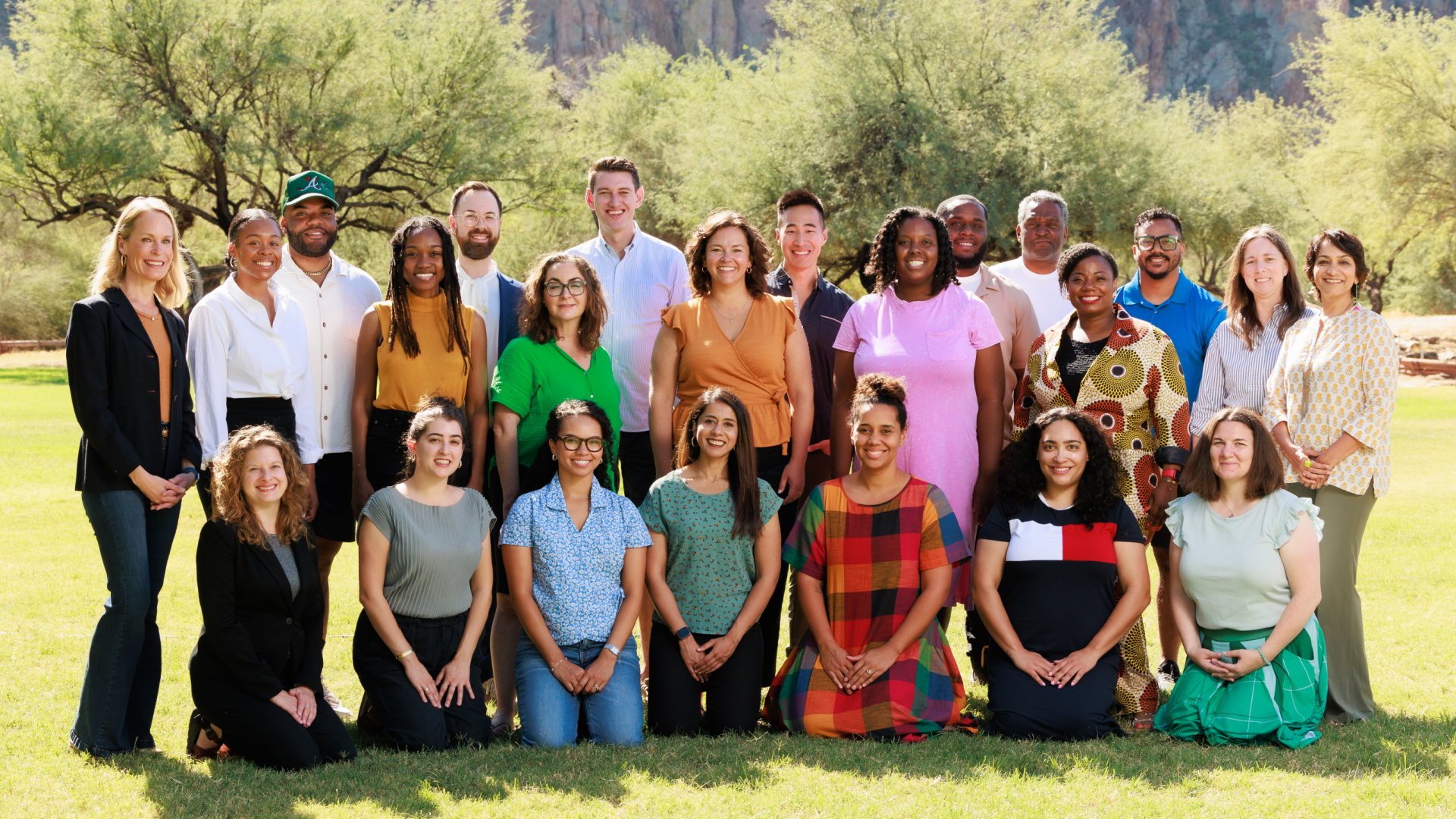Yes, we proudly affirm that communities have trust in the nonprofit sector, and data proves it. However, the explanation for why communities trust us reveals a conversation about the impact of nonprofit organizations in communities throughout the United States. One example is disaster response and nonprofit organizations’ role in dealing with emergencies. Let’s review some elements that show why nonprofit organizations have played a critical role in emergency management and how the federal government and Congress can help us strengthen organizations.
In his book David and Goliath, Malcolm Gladwell uses the biblical story to illustrate how knowledge of the terrain and experience in using the right tools determine elements for a successful strategy. One of the most outstanding characteristics of nonprofit organizations, faith organizations, charities, and philanthropies is precisely that: the detailed knowledge of their community and territory and the expertise in using the appropriate communications channels and mechanisms to meet specific needs of each community effectively. Applied to emergency management, these are key elements to save lives and guarantee minimum survival conditions for the affected areas. But let’s dig a little deeper.
Gloria Simo of DePaul University and Angela Bies of Texas A&M University, in their paper about the role of nonprofits in the recovery from Hurricane Katrina, highlight at least three areas where nonprofit organizations offer enormous added value in any disaster management situation:
1. We know the terrain and the communities.
Michelle Meyer of Texas A&M University analyzes the role of nonprofit organizations in recovering from Hurricane Ian. She points out how the government must collaborate closely with nonprofit organizations (both national and local) and faith-based organizations because they know the actual effects on their regions and can offer assistance to communities to request aid and funds that the federal, state, and local governments have available.
Meyer highlights that local and national nonprofit organizations play a critical role in providing centralized information and guidance on all available aid, sparing those affected the burden of having to simultaneously turn to dozens of entities. This explains why, for example, when Hurricane Ian passed through Florida in September of this year, the Google search for the word, “Nonprofit” increased by 60% and was one of the most searched words in the same period.
Simo and Bies also point out that during Hurricane Katrina, in New Orleans and Central Texas communities, the role of leadership and orientation of local nonprofit organizations contrasted with the lack of coordination between the different levels of government and poor communication with residents. In this case, the leadership of nonprofit organizations was critical for managing conflicts and channeling aid.
2. We know how to create support networks and generate spaces for dialogue with communities.
One of the characteristics that most generates confidence in our communities is the space for dialogue that a nonprofit organization offers because we become a neutral space in which the voice of the communities is concentrated, and organized discussion is established with all levels of government. This coordination is vital when managing a crisis and generating long-term recovery mechanisms. Let’s consider an example.
In research funded by the National Science Foundation, Hazard Reduction staff and Michelle Meyer looked at the recovery process in six communities across the state of Texas following Hurricane Harvey in 2017. This research shows that many people could not qualify for the aid of up to $35,000 provided by FEMA and that their insurance would not cover a large part of the damage caused by the hurricane. As a result, they consider what alternatives exist for the most vulnerable communities.
The investigation indicates that the answer lies in nonprofit organizations because they can forge long-term recovery committees in which experts, local leaders, survivors, representatives of the city government, and staff from nonprofit organizations can participate. Local and other leadership types help channel and seek alternatives for these communities.
The investigation indicates that this type of nonprofit organization is ideal for finding financing alternatives, donations, or aid-funding mechanisms for communities that do not have options to rebuild their homes.
3. We have experience in managing volunteering and solid collaboration networks.
We are undoubtedly experts in recruiting and managing volunteers; it is part of our DNA. During a crisis, it is natural that Americans’ generous and collaborative spirit exponentially increases their interest in helping those having a hard time. For example, when Hurricane Ian hit Florida in September of this year, searches for terms such as “Volunteer connections” increased by 450%, and “volunteer Florida” by 150%. This invaluable help would not have been possible to channel without the experience and role of nonprofit organizations in the field.
Gloria Simo and Angela L. Bies point out that in the recovery from Hurricane Katrina in Central Texas, the role of nonprofit organizations with experience in managing volunteerism was definitive. According to their research, 44% of the volunteering was provided by local and national organizations and experienced volunteers. In comparison, the remaining 56% were new volunteers managed by local organizations, who distributed and organized the volunteers for up to 12 weeks.
Strengthening nonprofit organizations is preparing for crises.
If nonprofit organizations play a fundamental role in managing emergencies, strong nonprofits mean better preparation for crises. So, the question is, how can we strengthen our organizations? Here are some ideas:
1) Stay informed on what is happening in Washington, DC: Without a doubt, any advocacy process begins with being well-informed, which is why Independent Sector provides you with DC Download, a monthly brief on legislative updates that affect nonprofit organizations. Read the October edition of DC Download.
2) Help ensure that the nonprofit sector has a Seat at the Table. Surprisingly, most public policies, including disaster relief, are formulated without our voices. At Independent Sector, we believe this needs to change. With bipartisan legislation introduced earlier this year, Congress will create a White House Office on Nonprofit Sector Partnership, Interagency Council, and an Advisory Board. Please help us promote this initiative. Our tool kit is here.
3) Help restore and expand the charitable deduction for Americans who do not itemize their taxes, created in March 2020, but which expired at the end of 2021. Modeling research shows that a proposal like the bipartisan legislation before Congress could generate $17 billion in additional giving per year if made permanent. See further information here.
Manuel Gomez is manager of public policy at Independent Sector.



